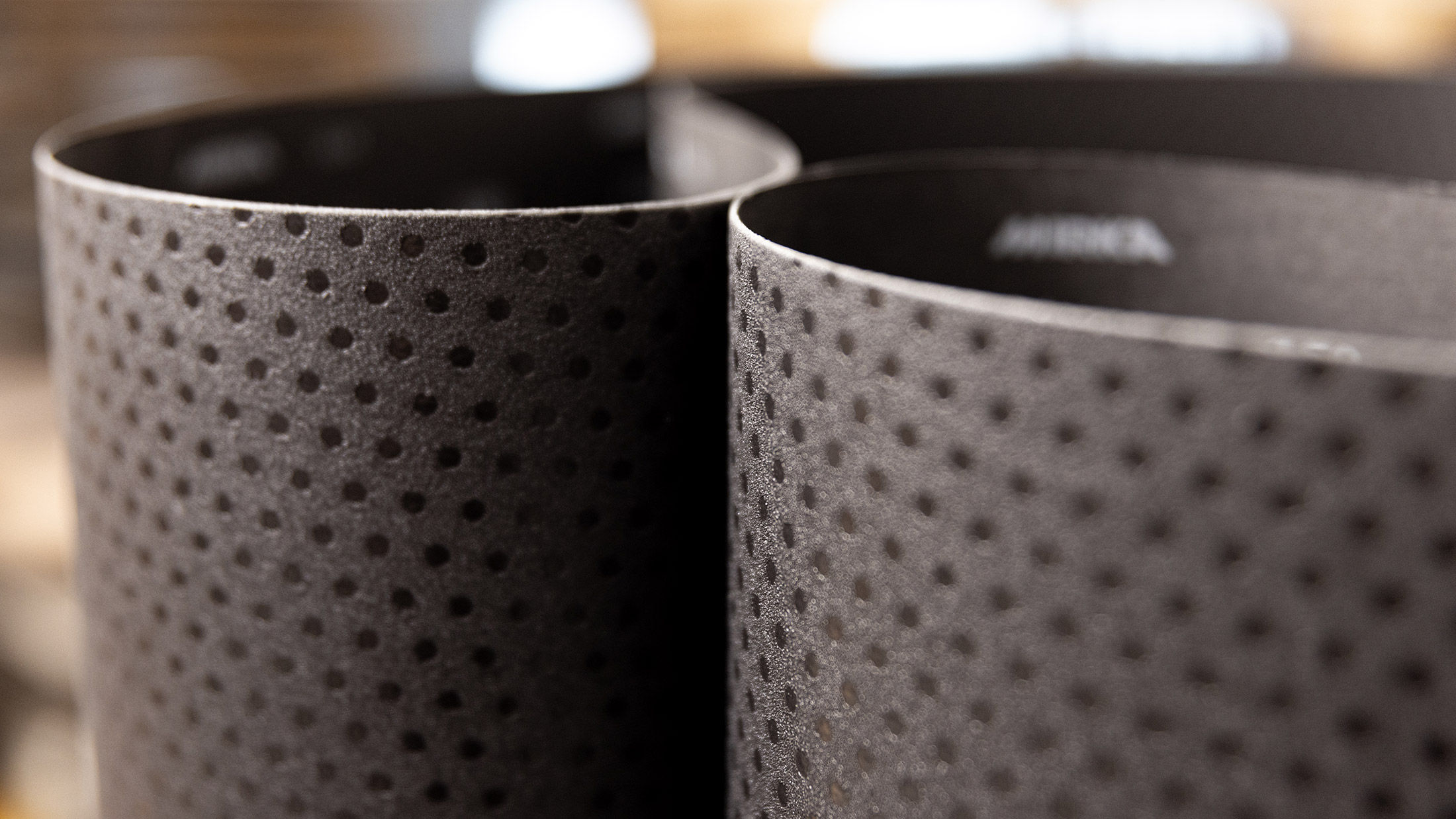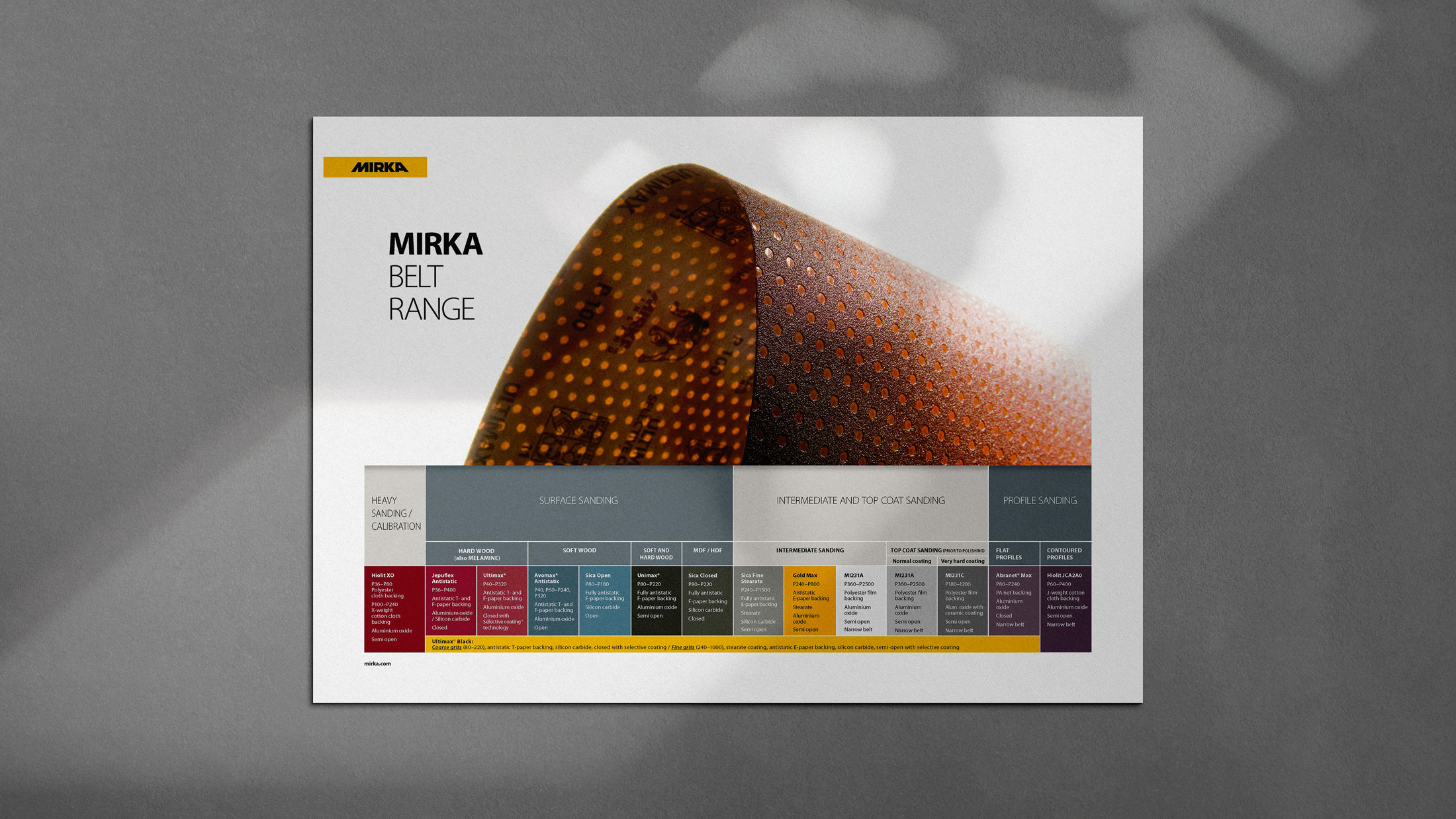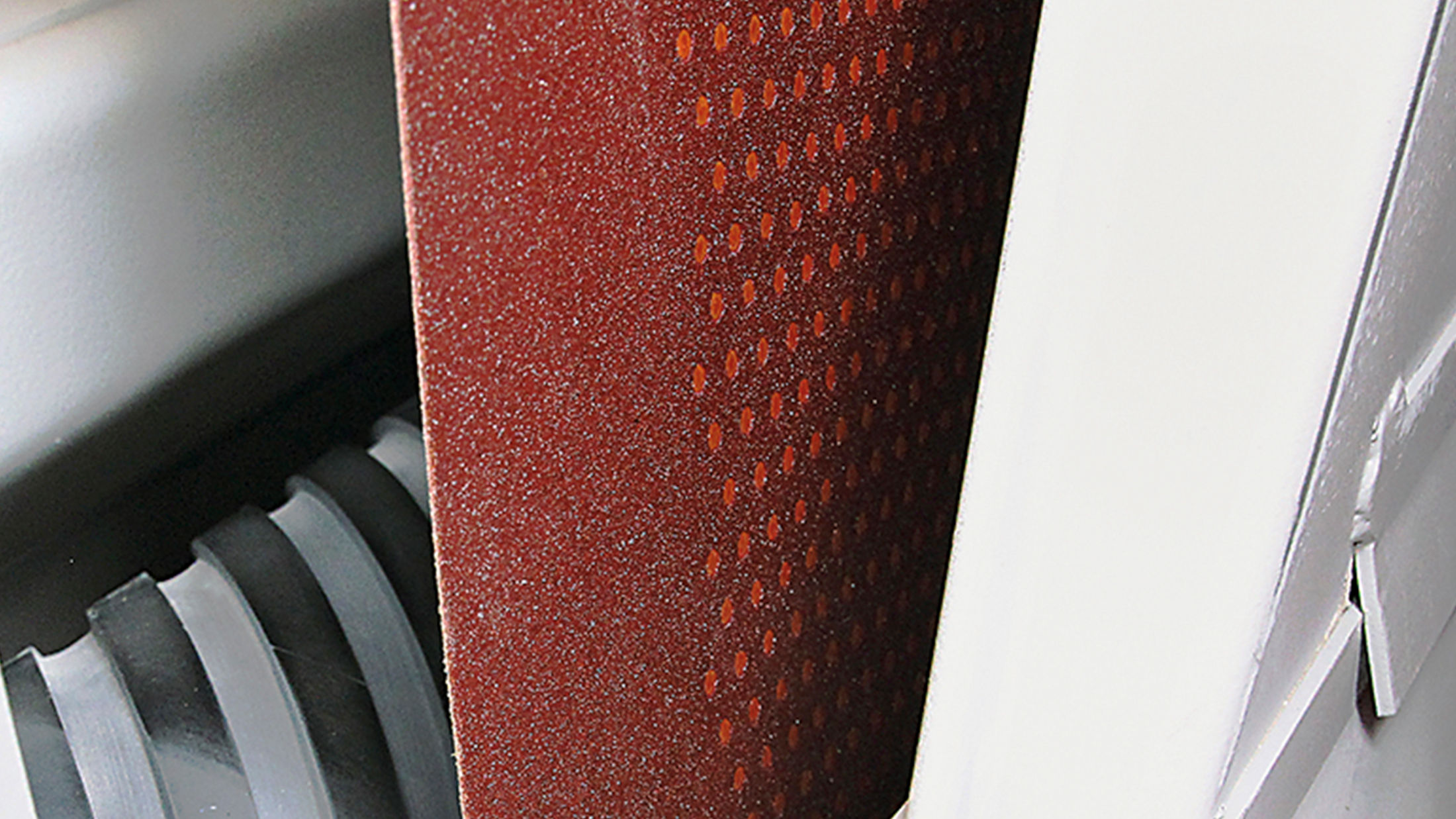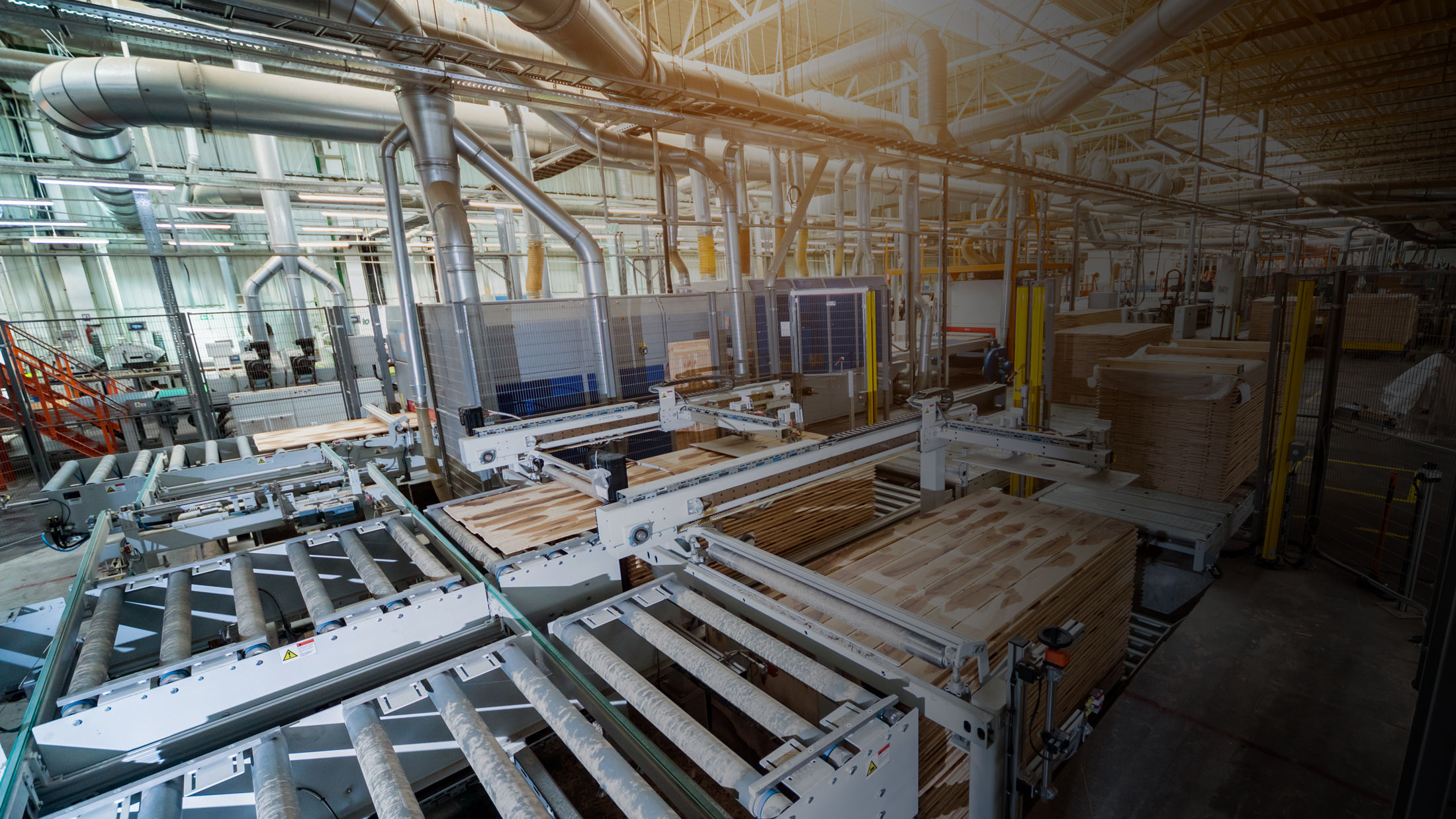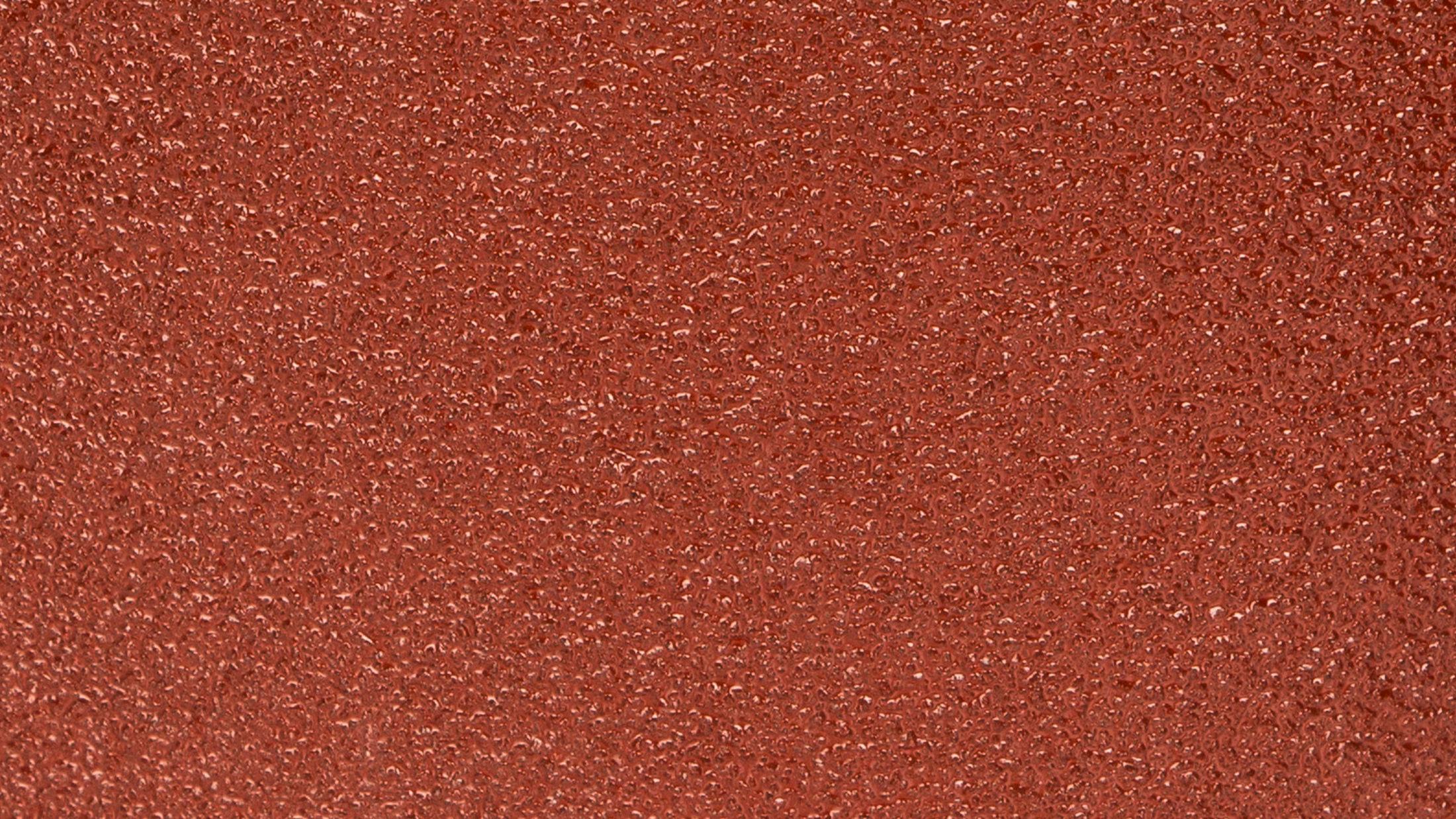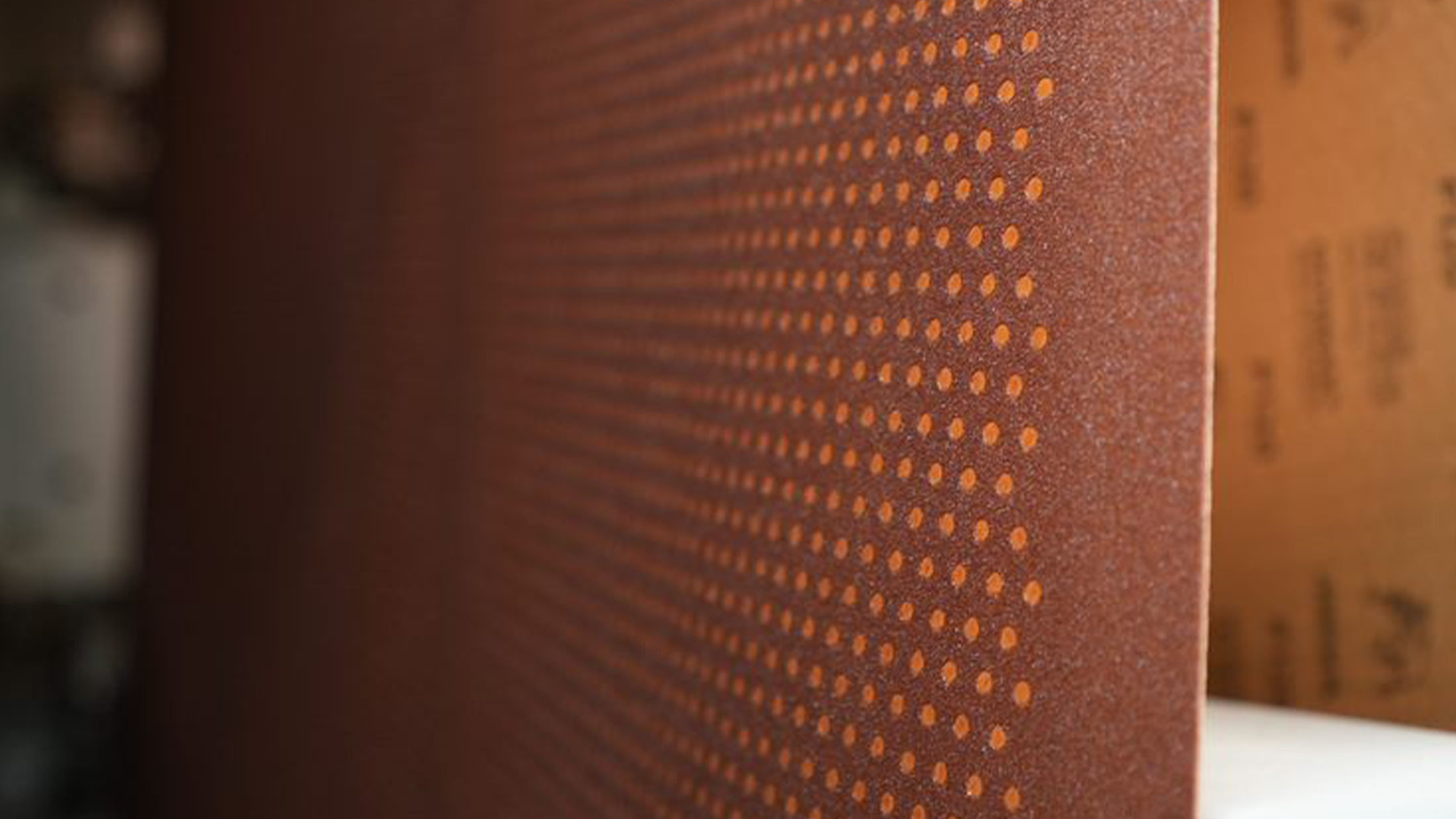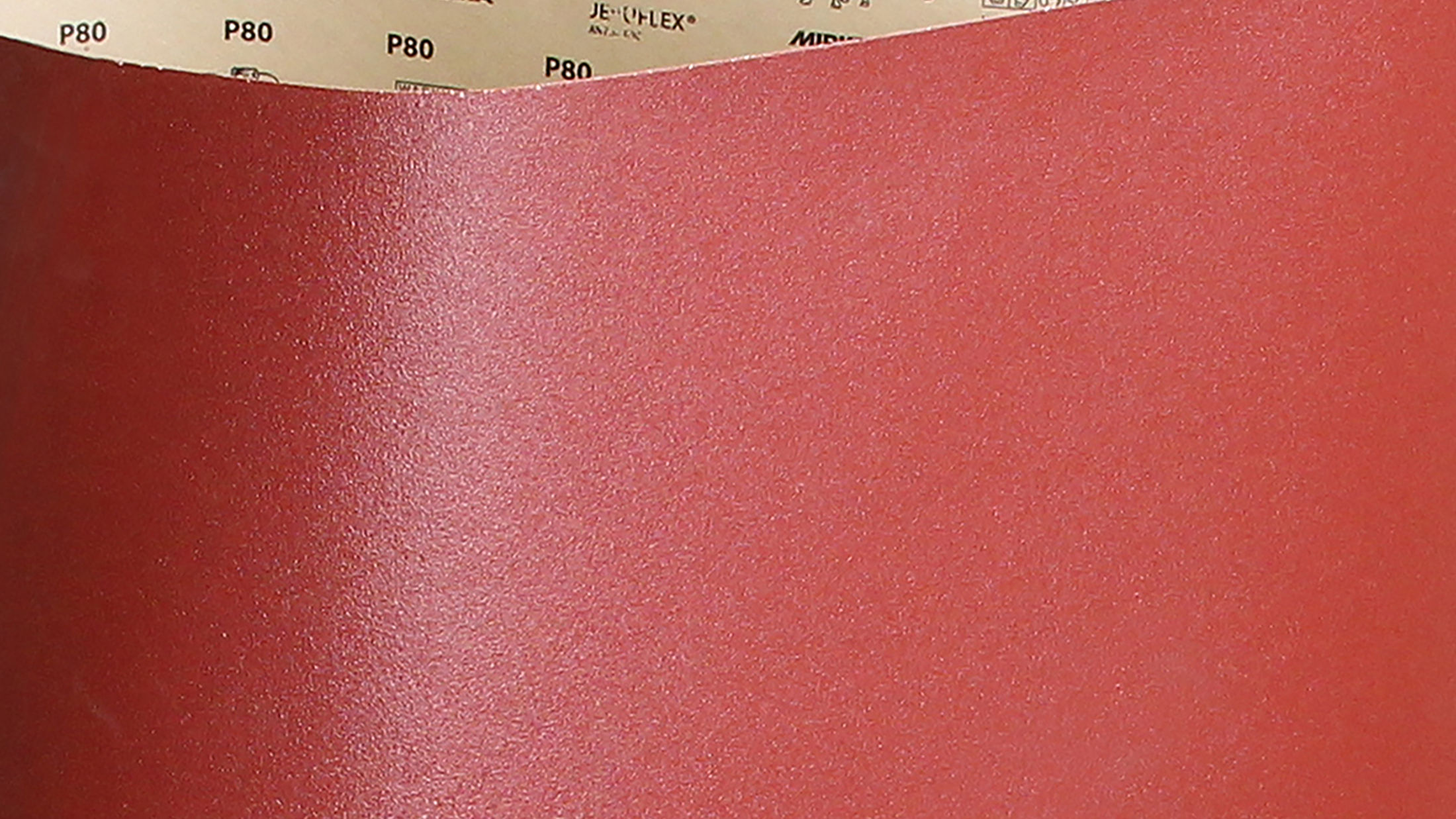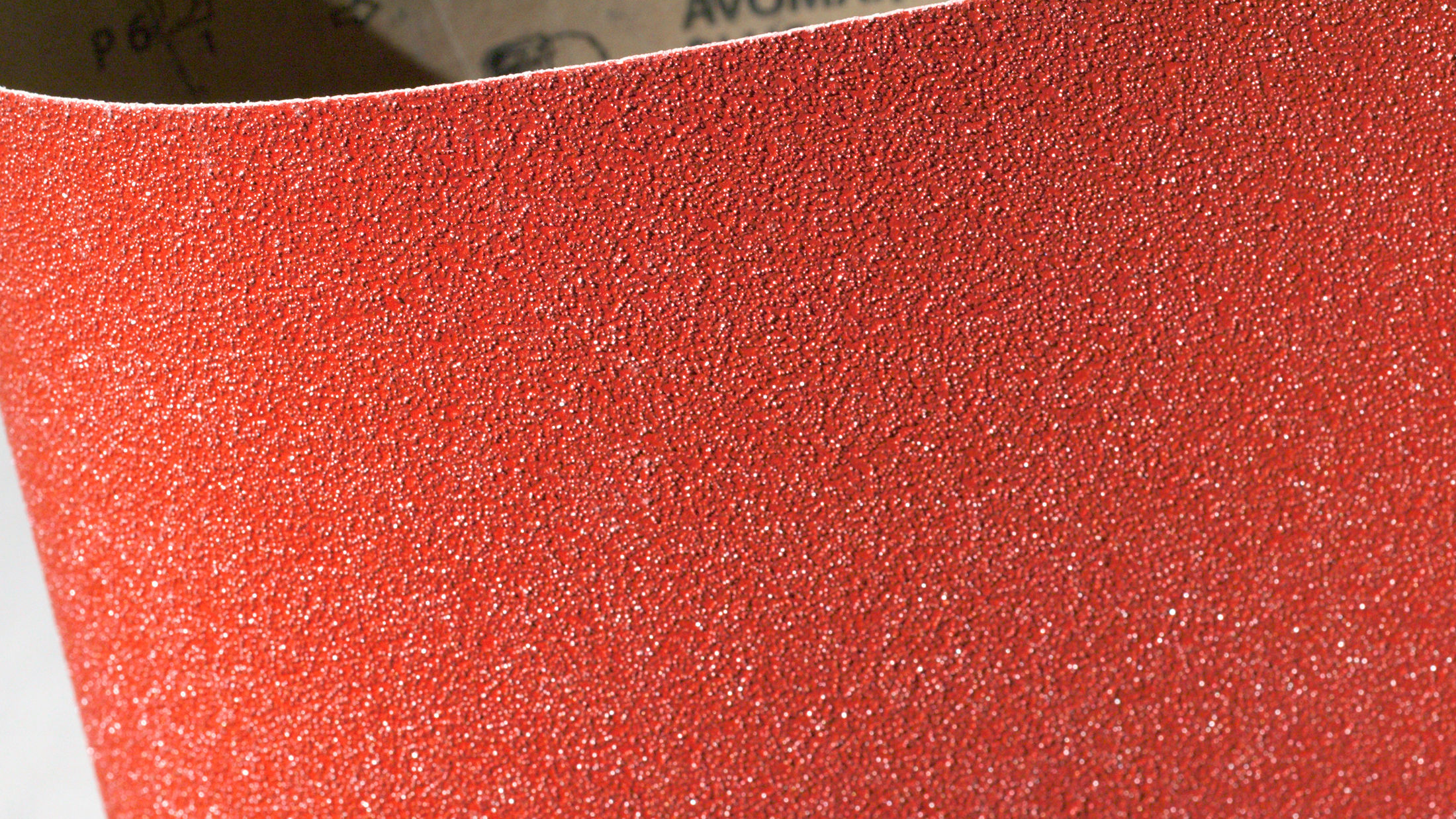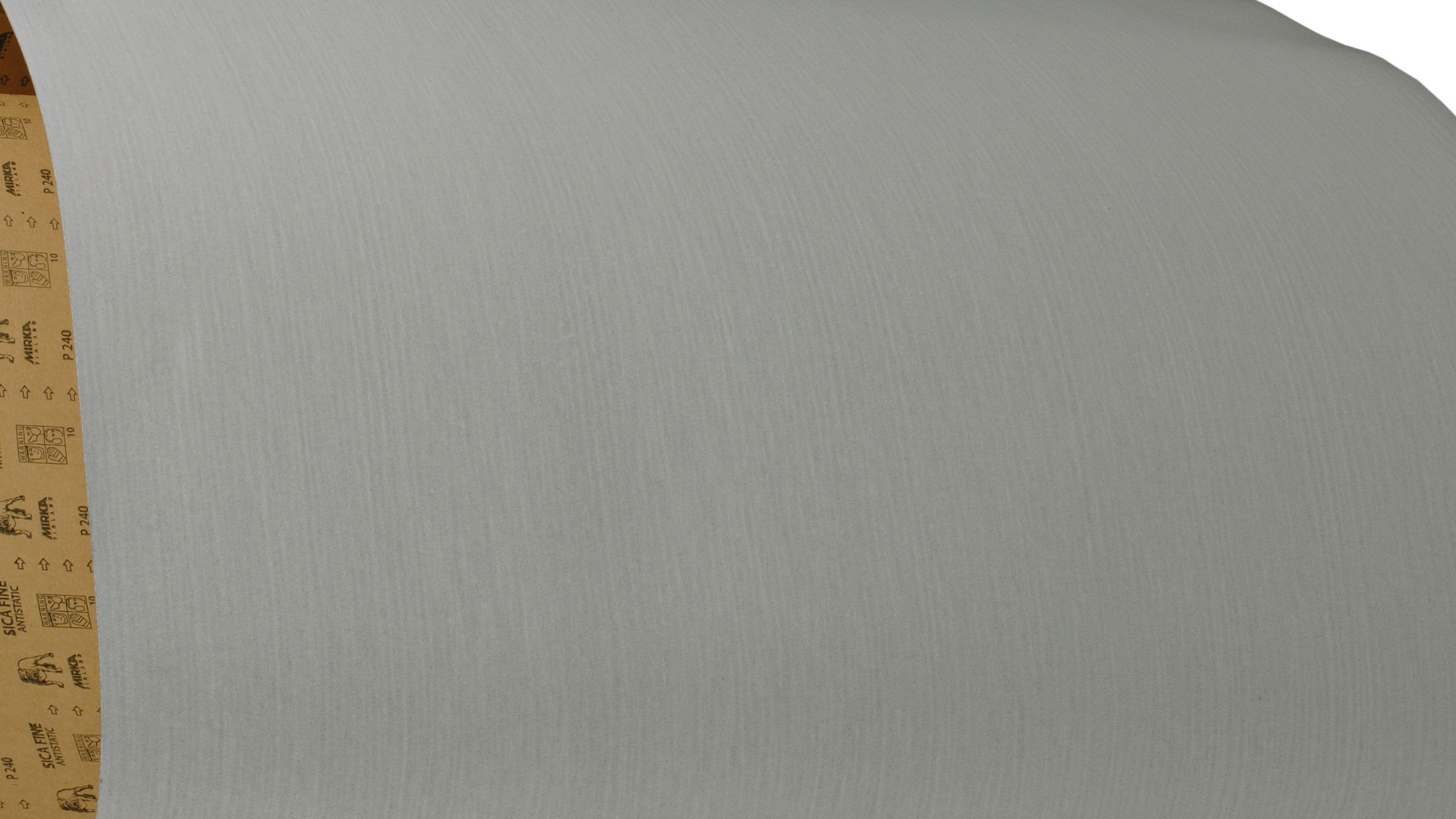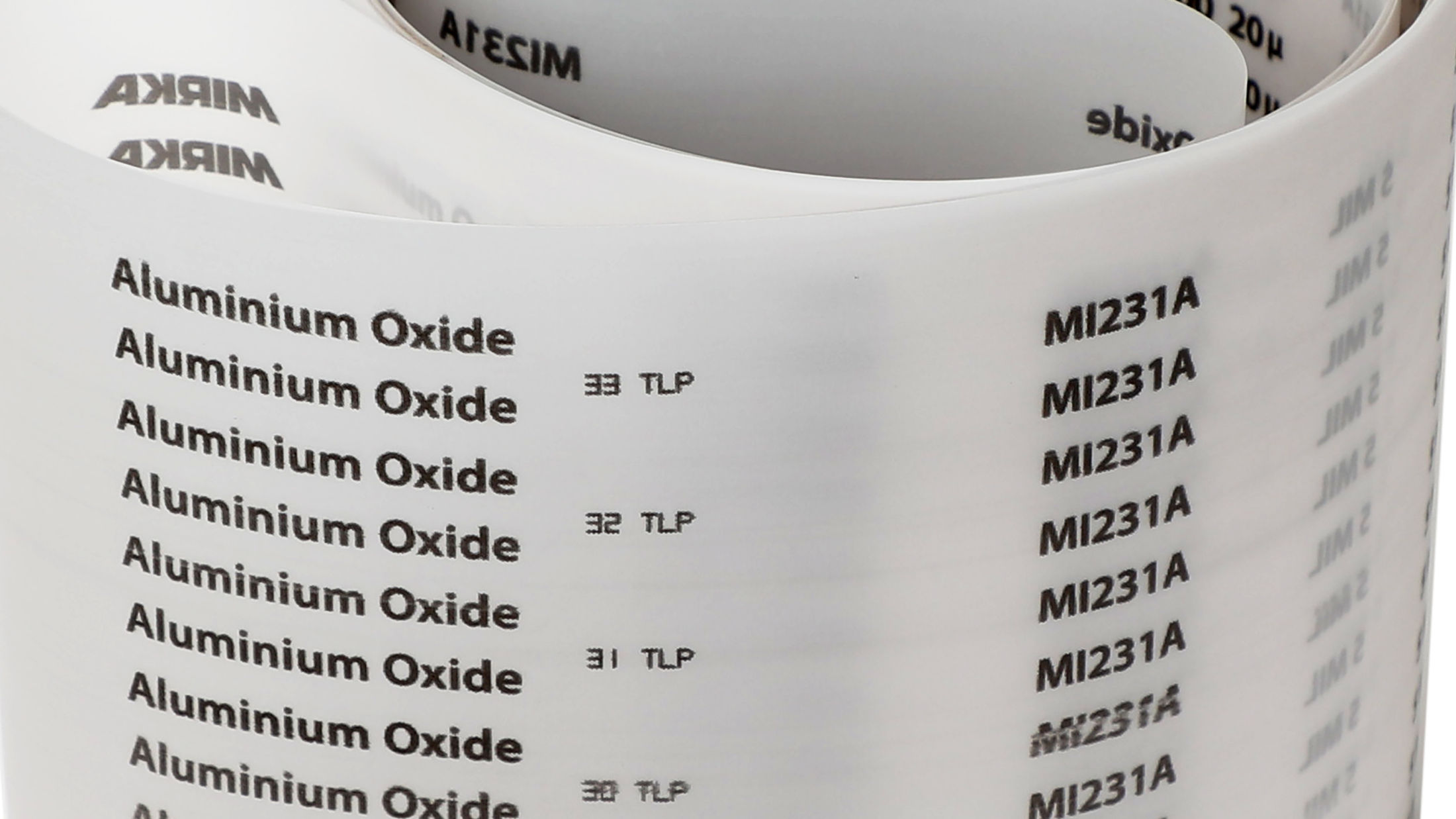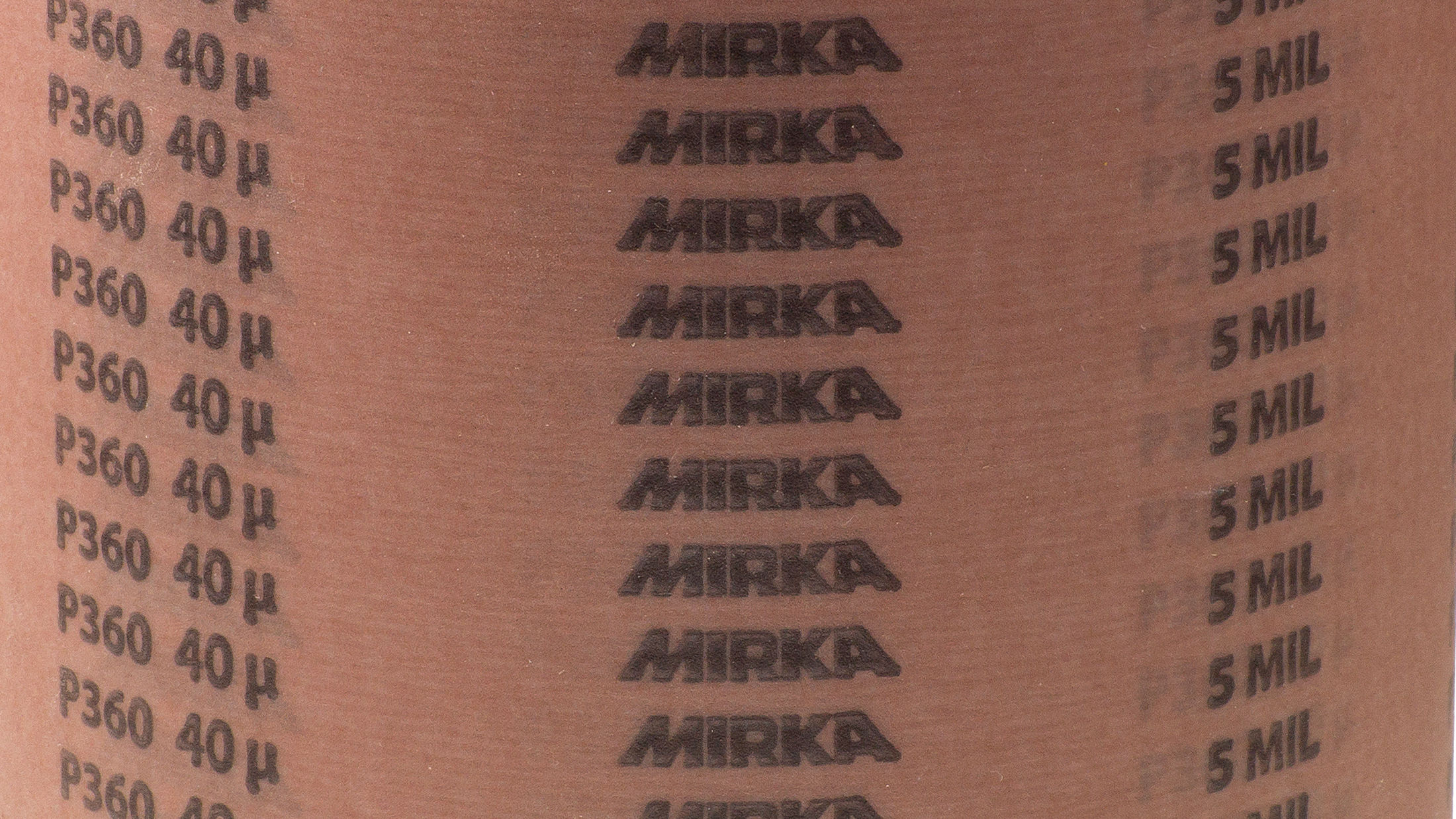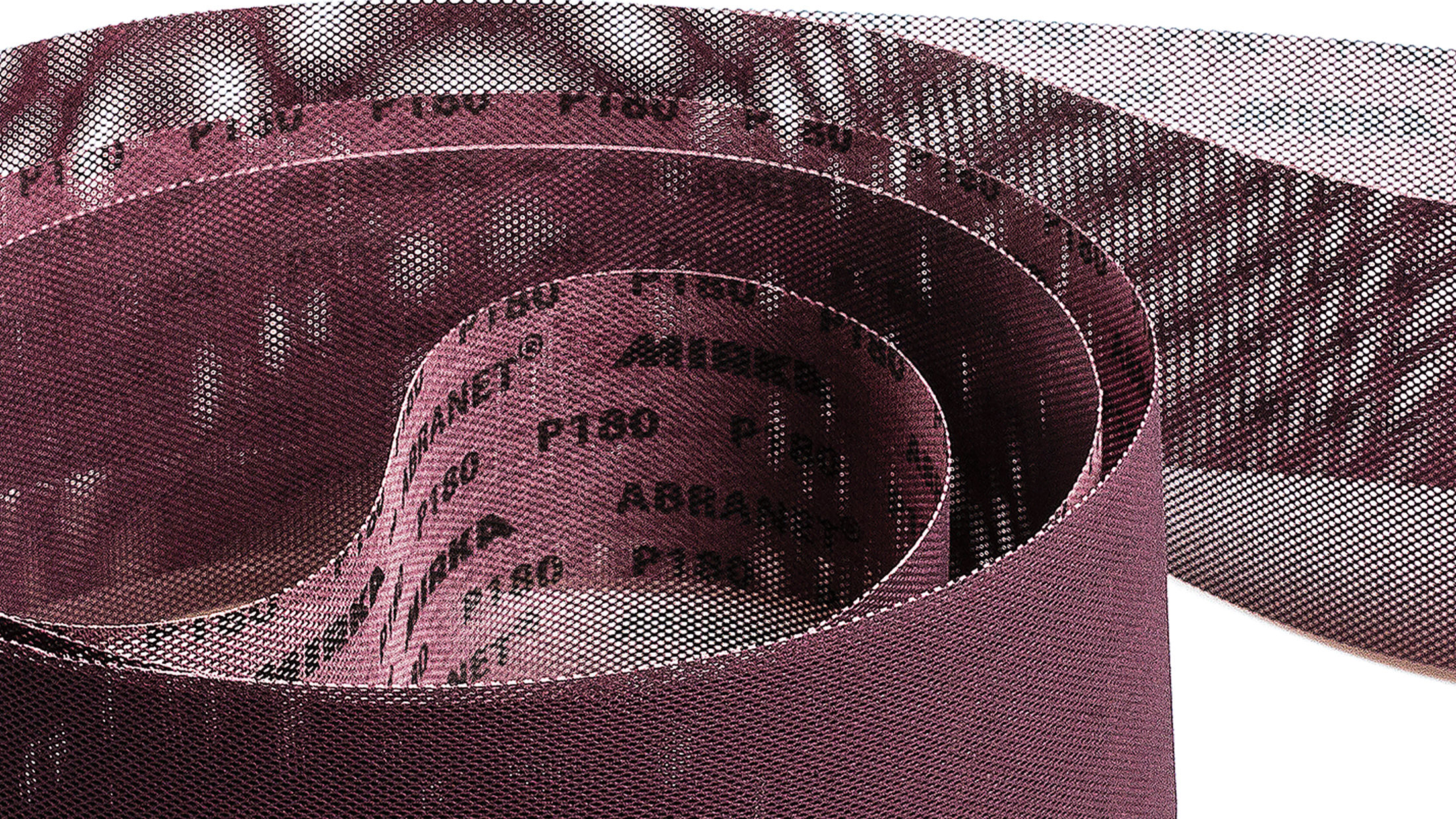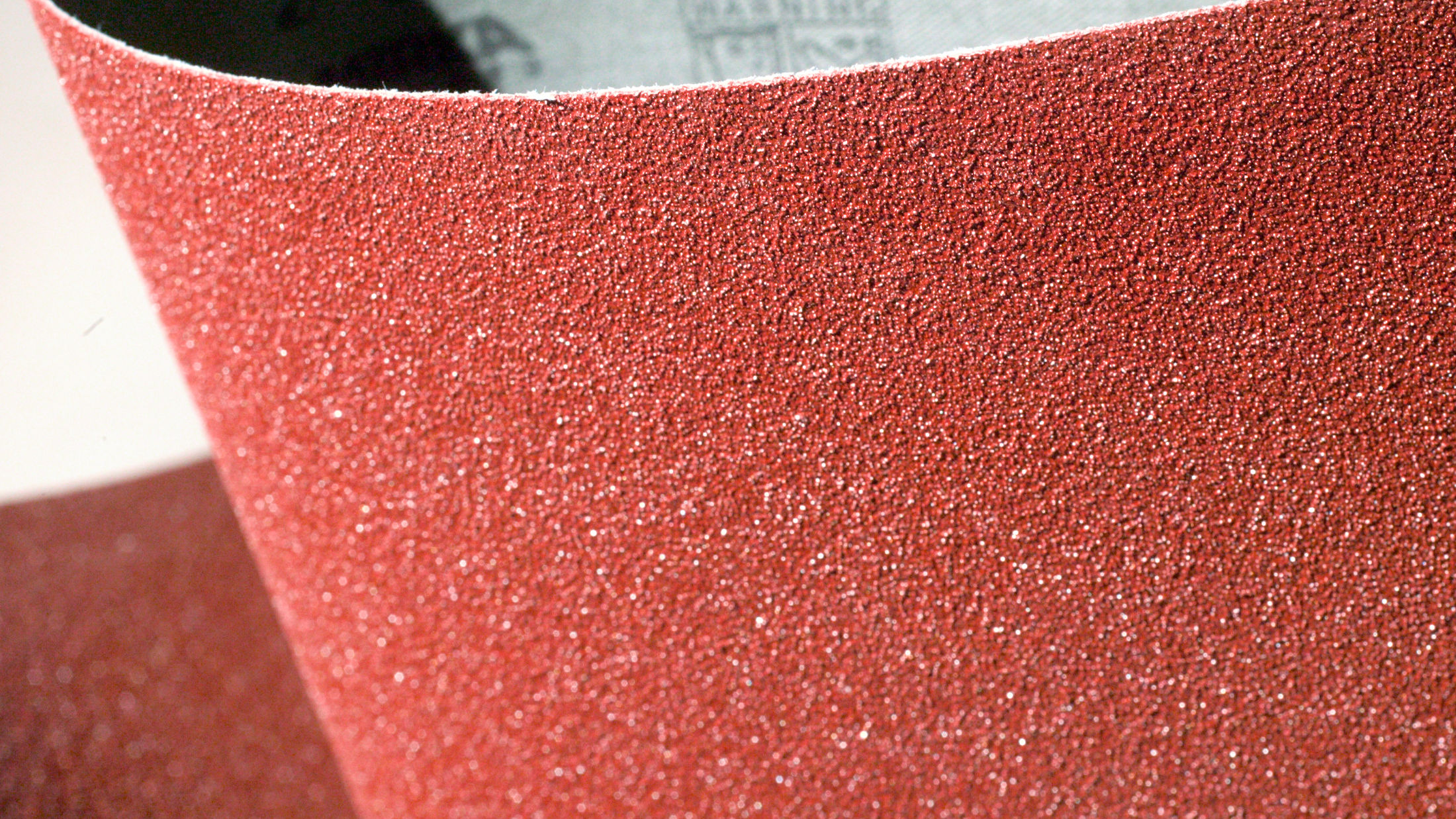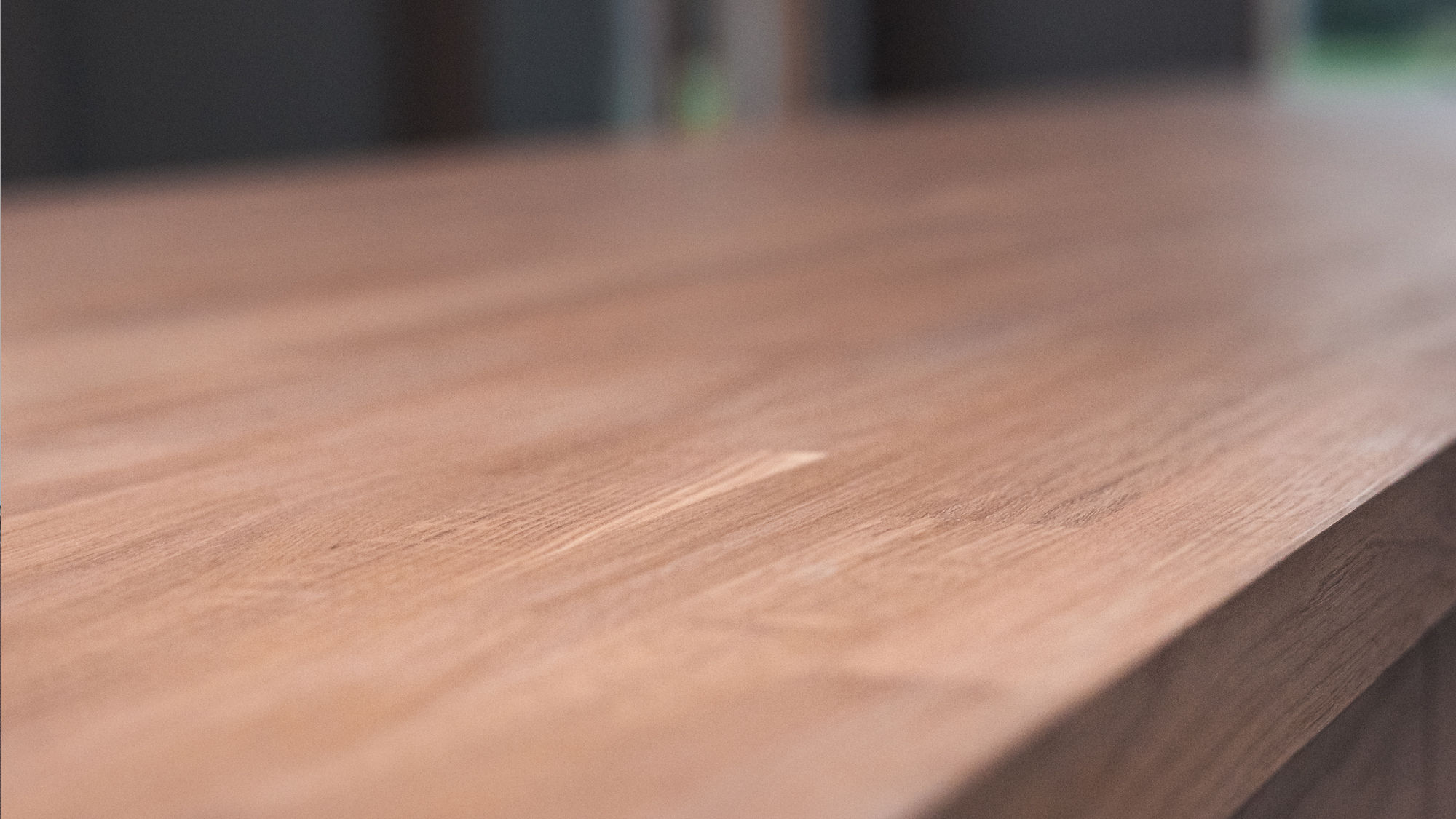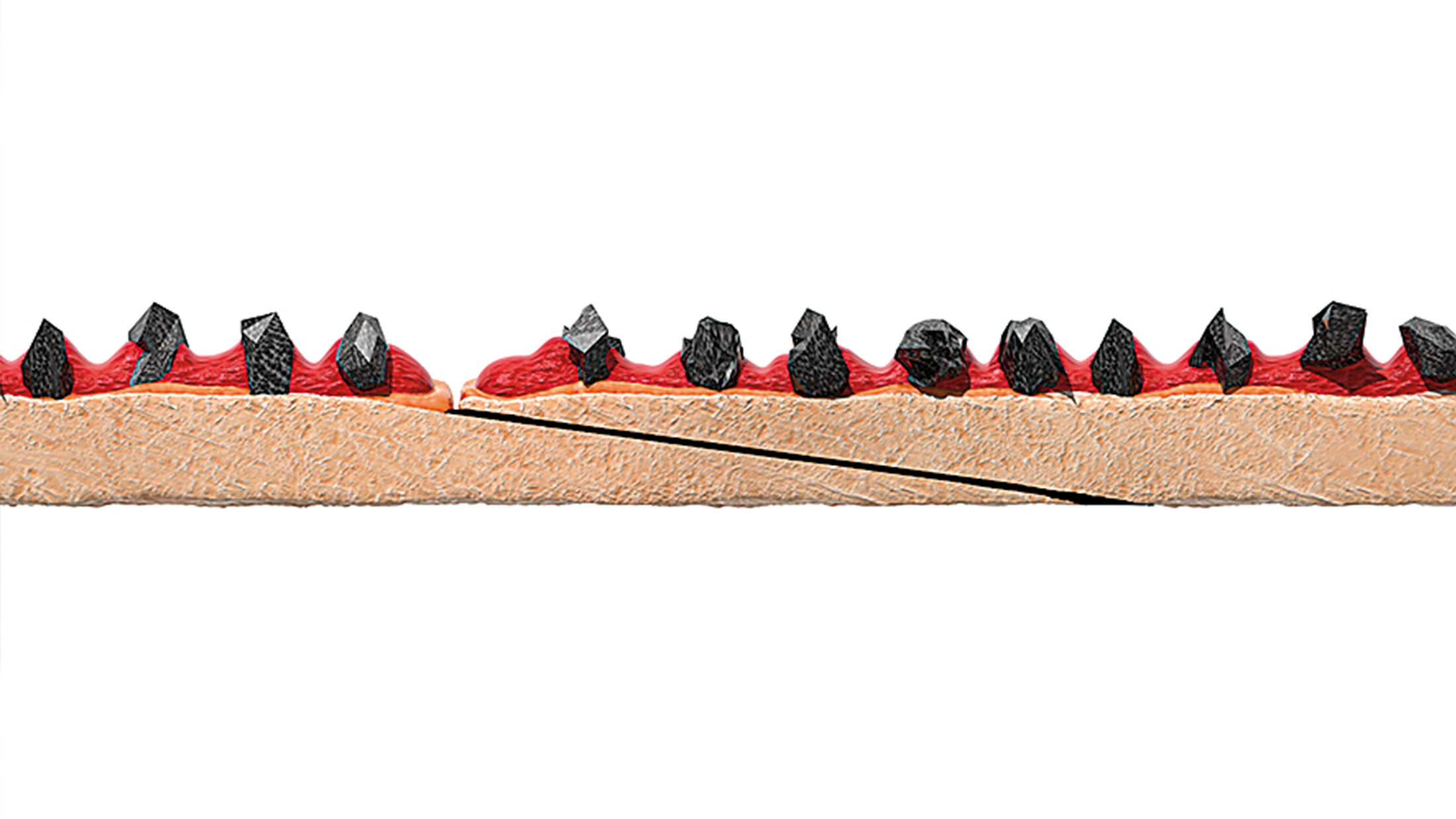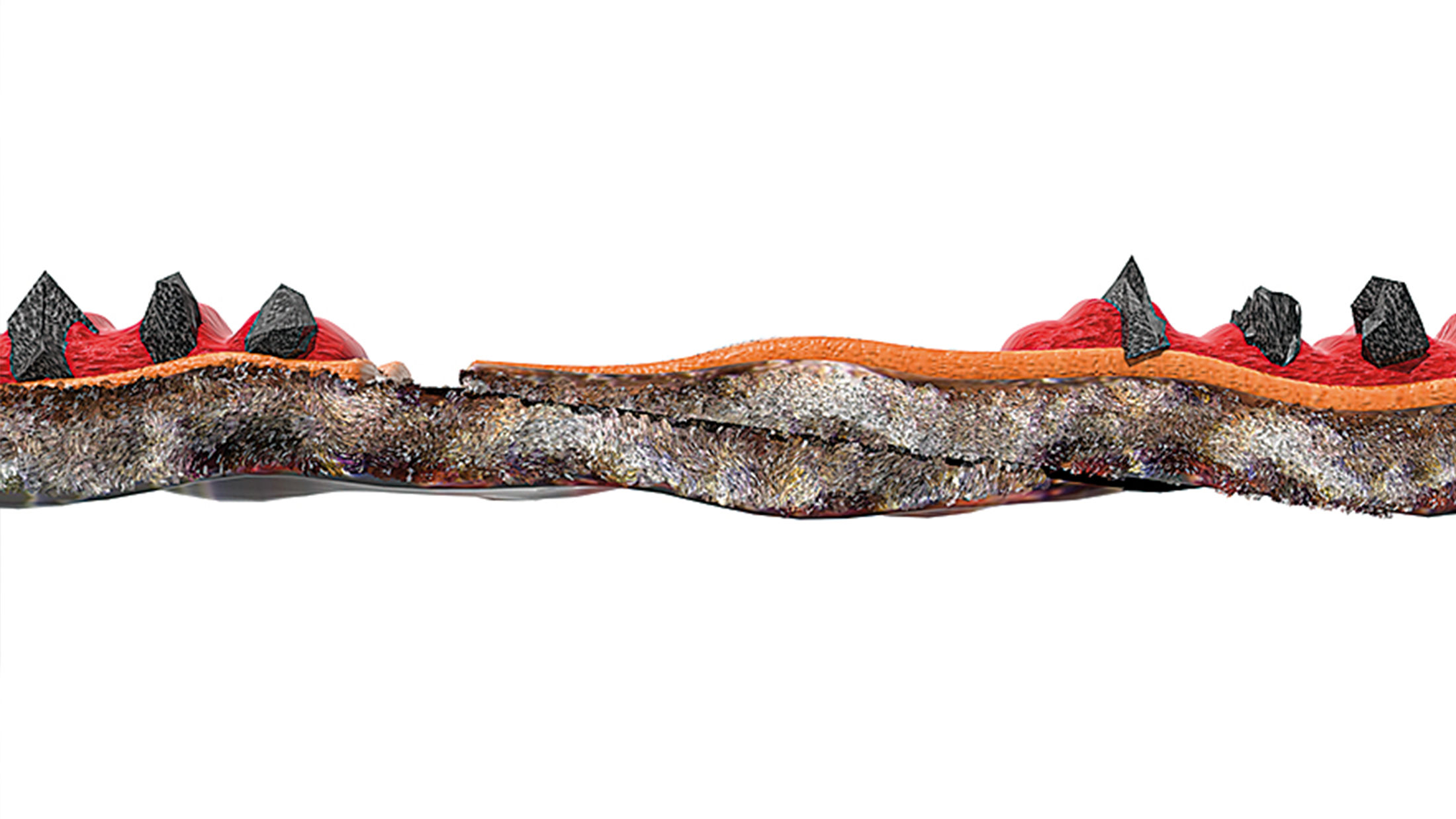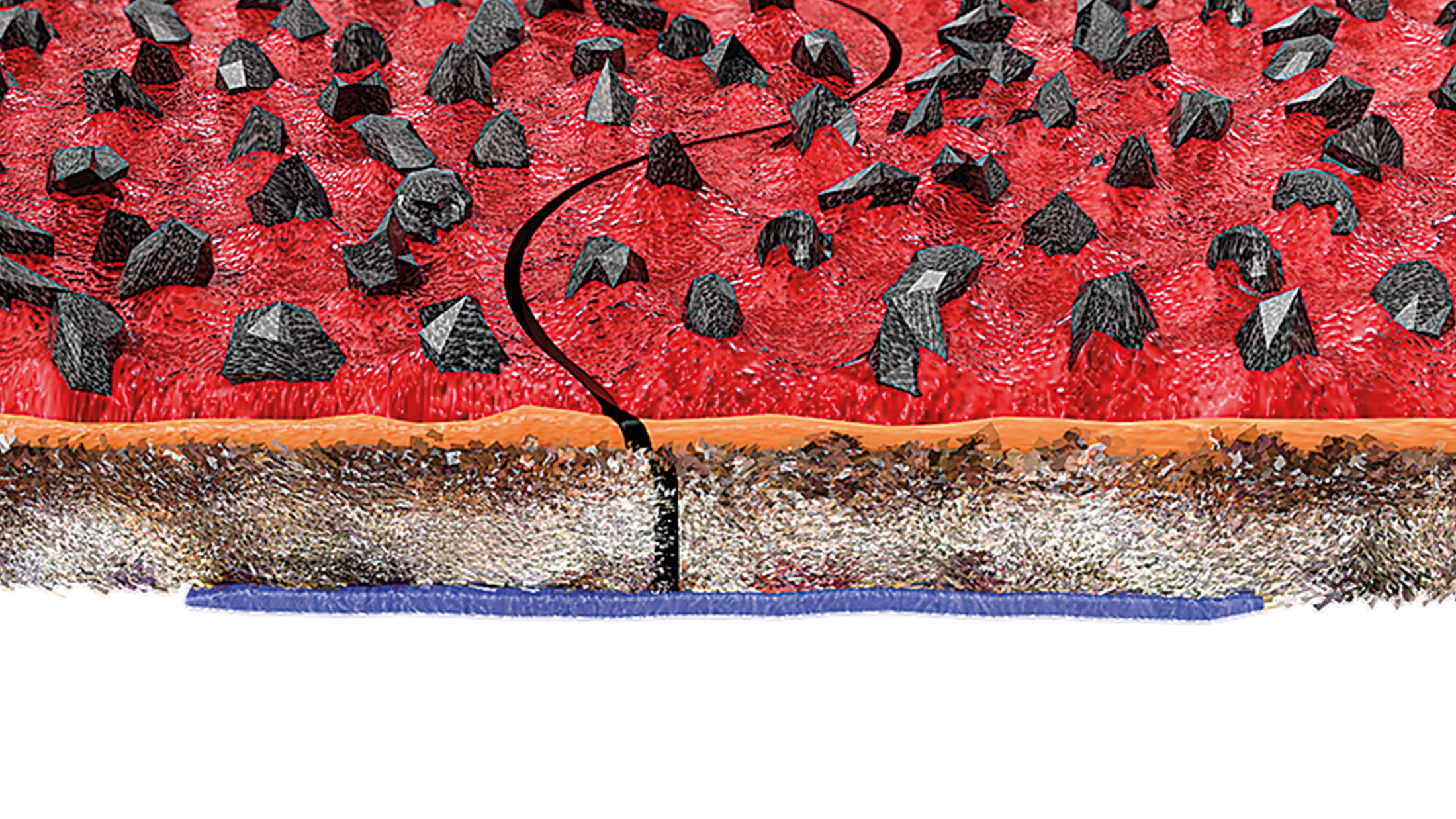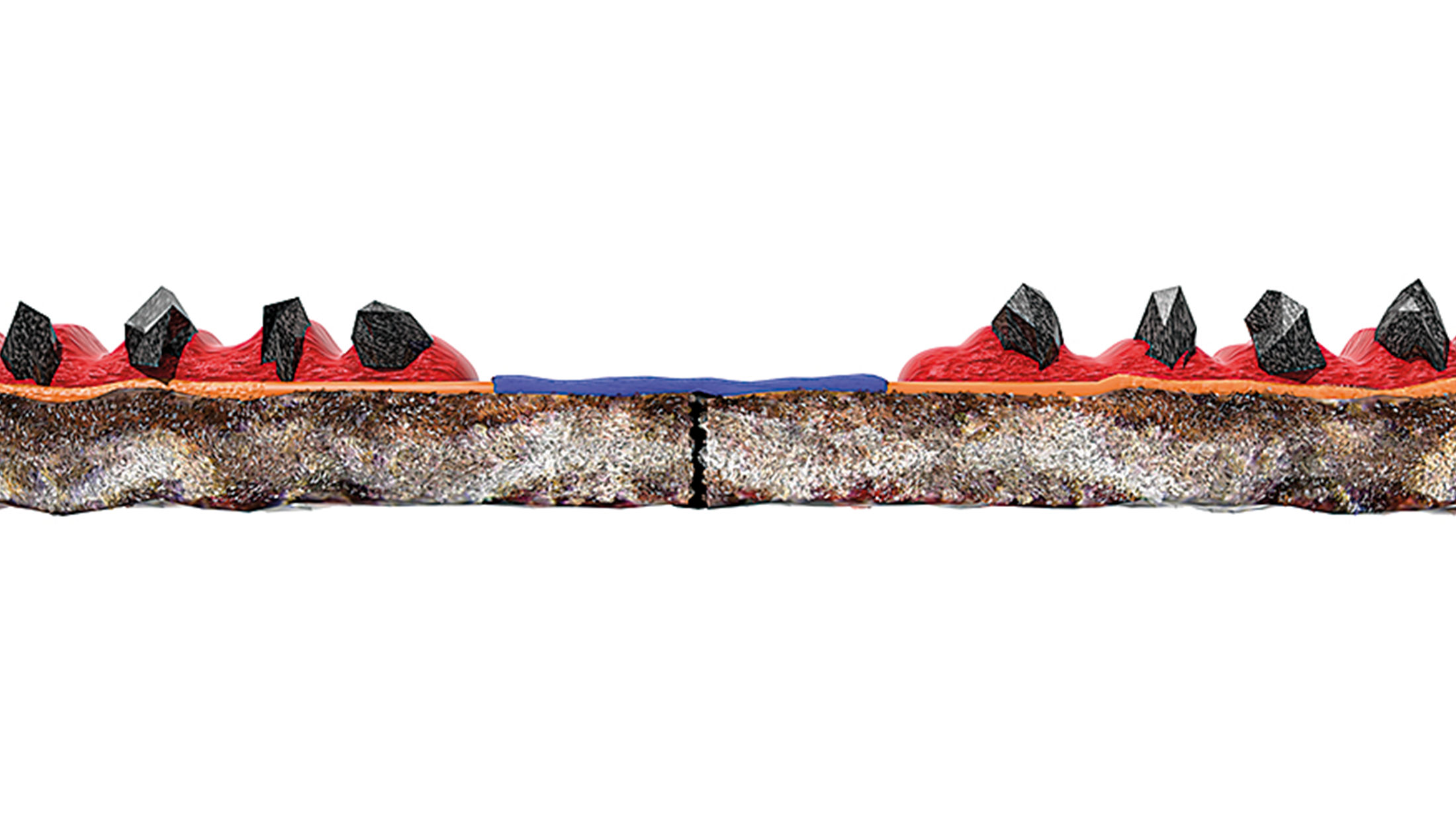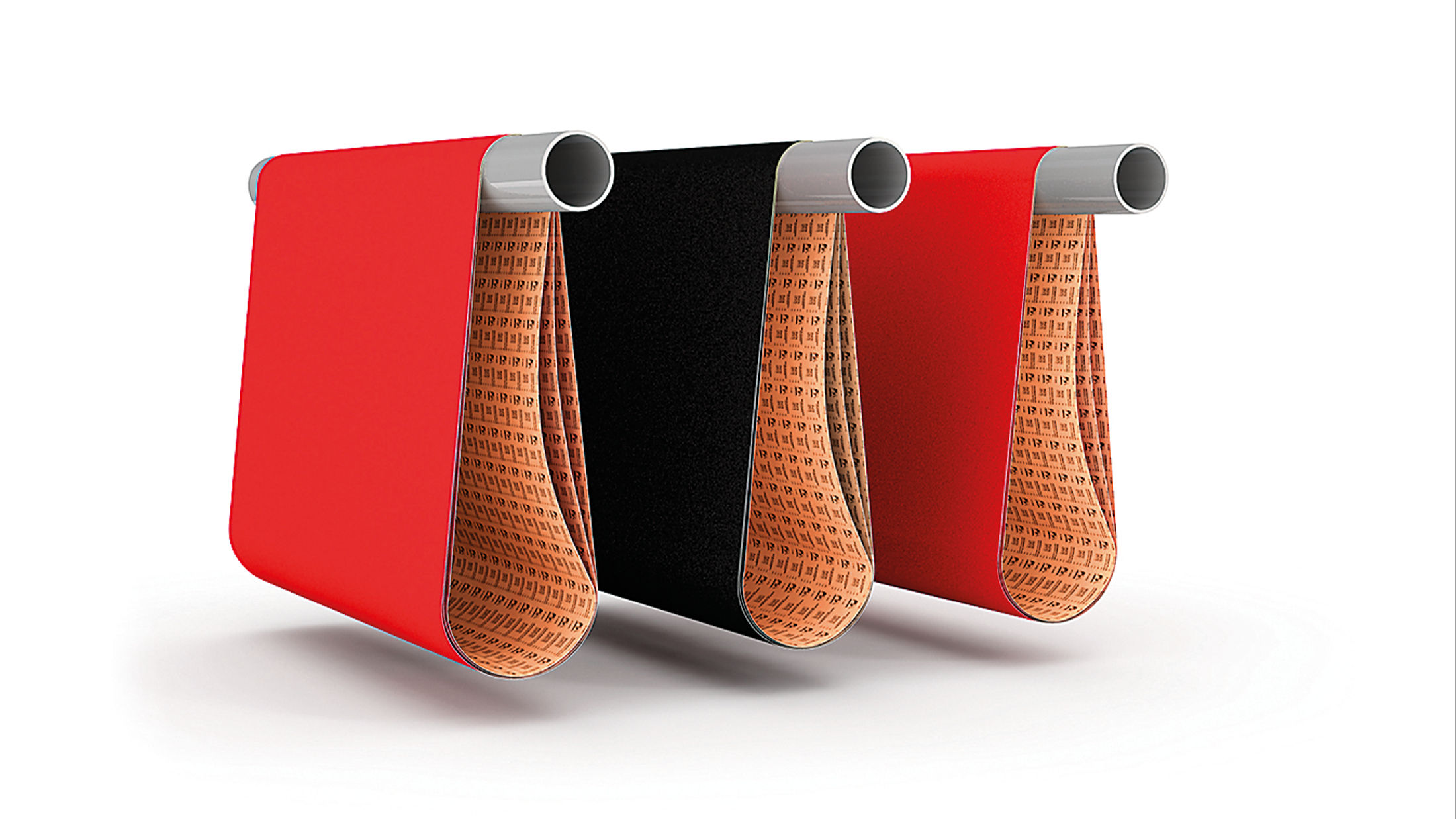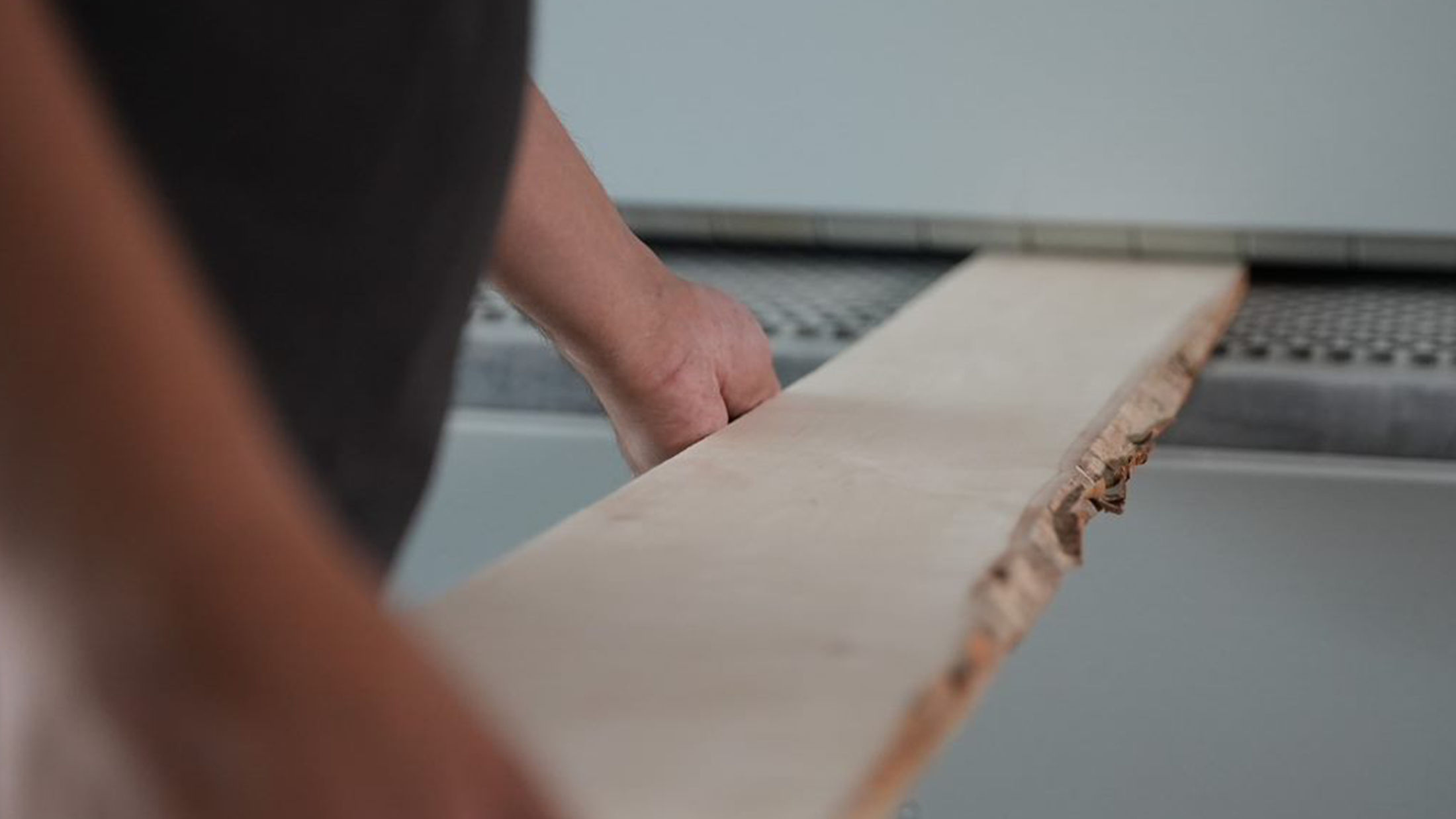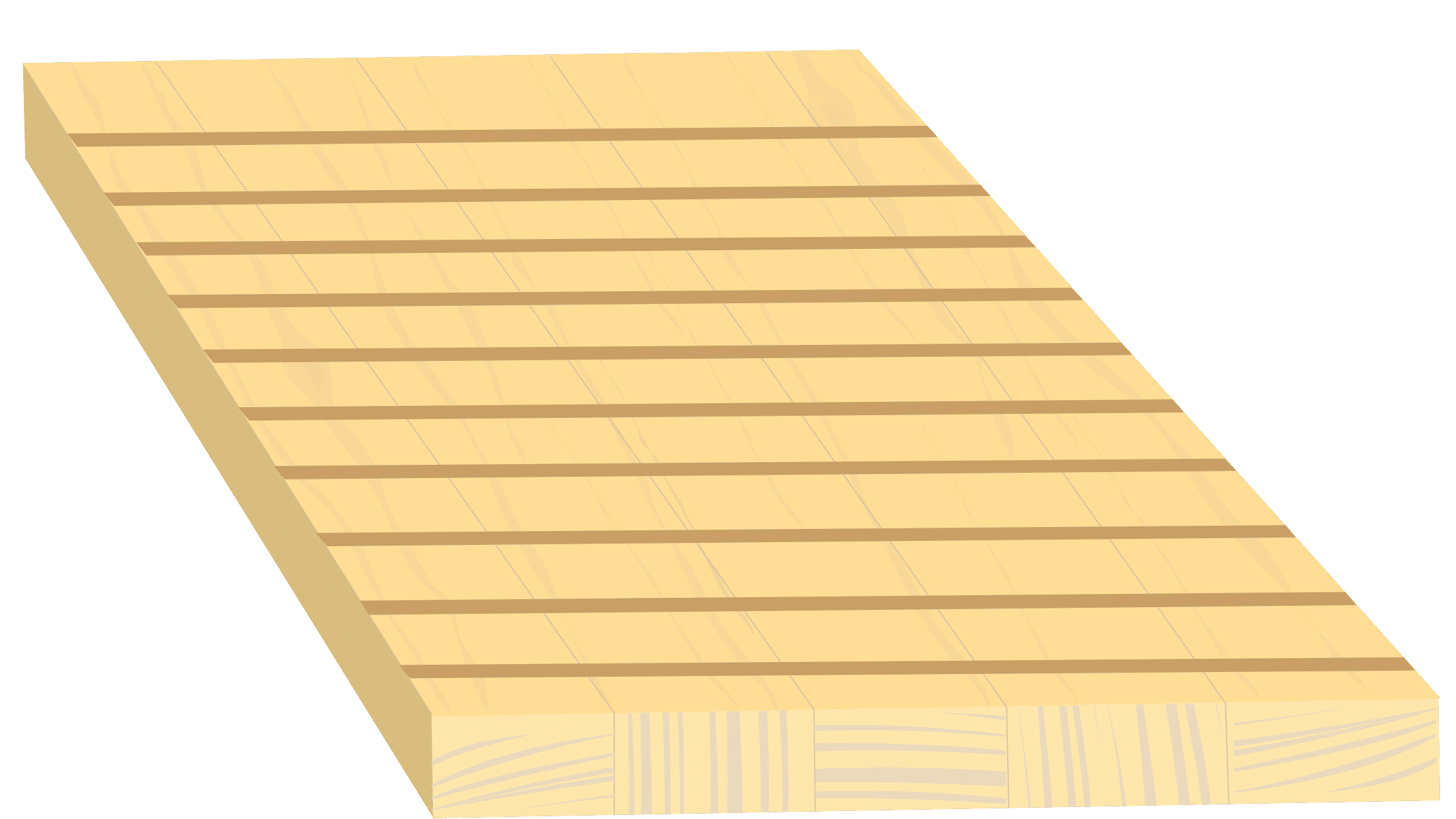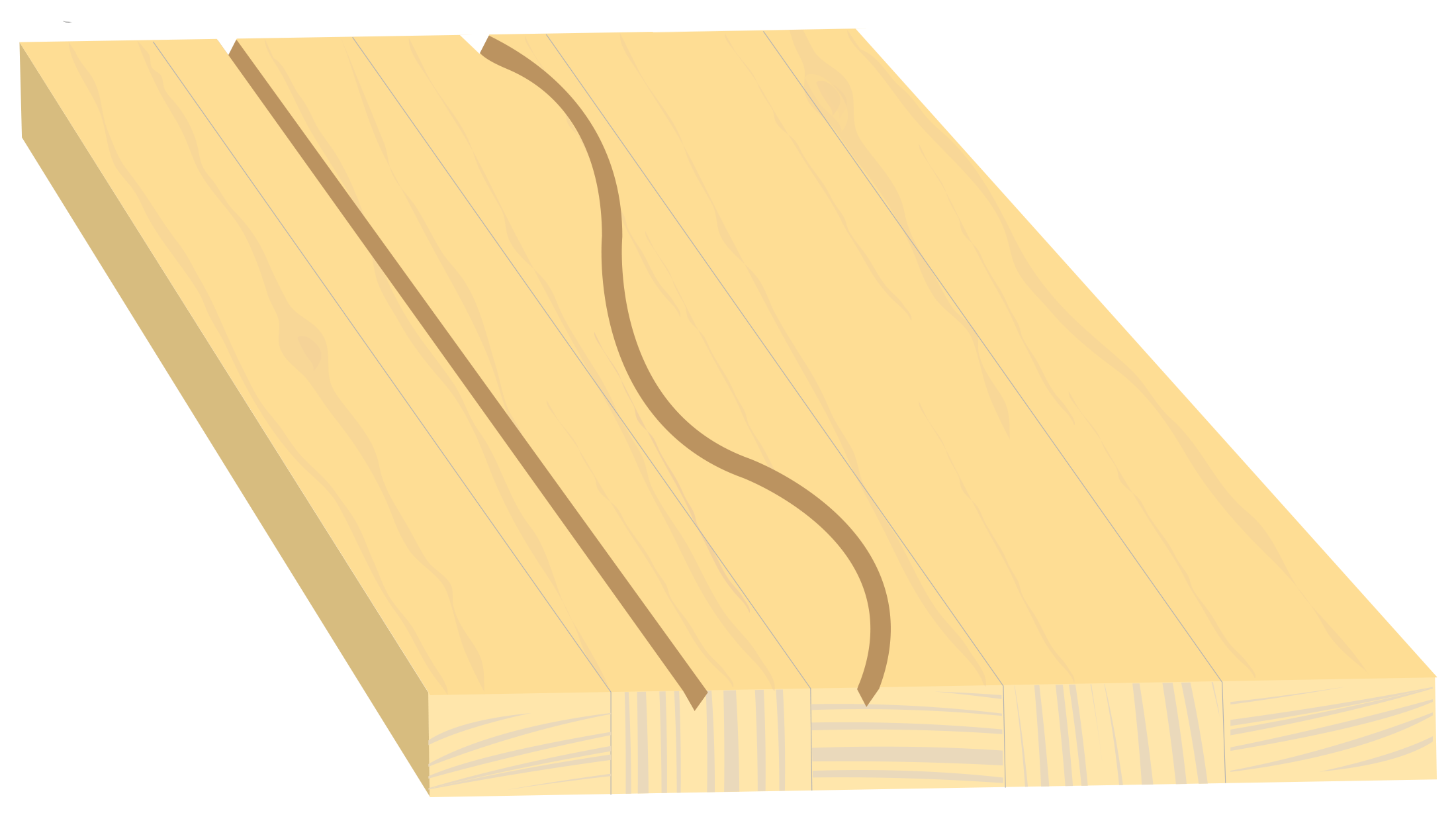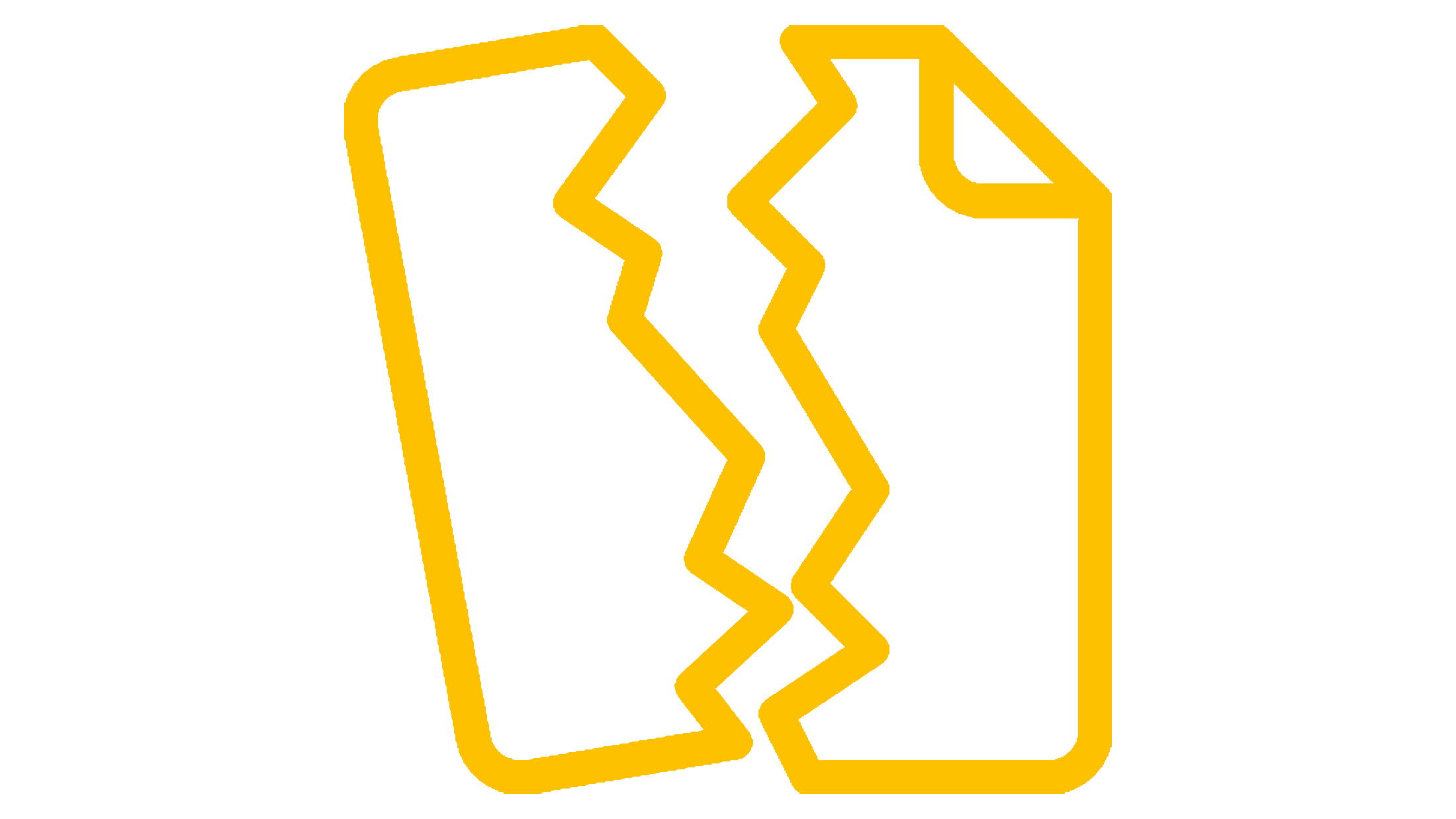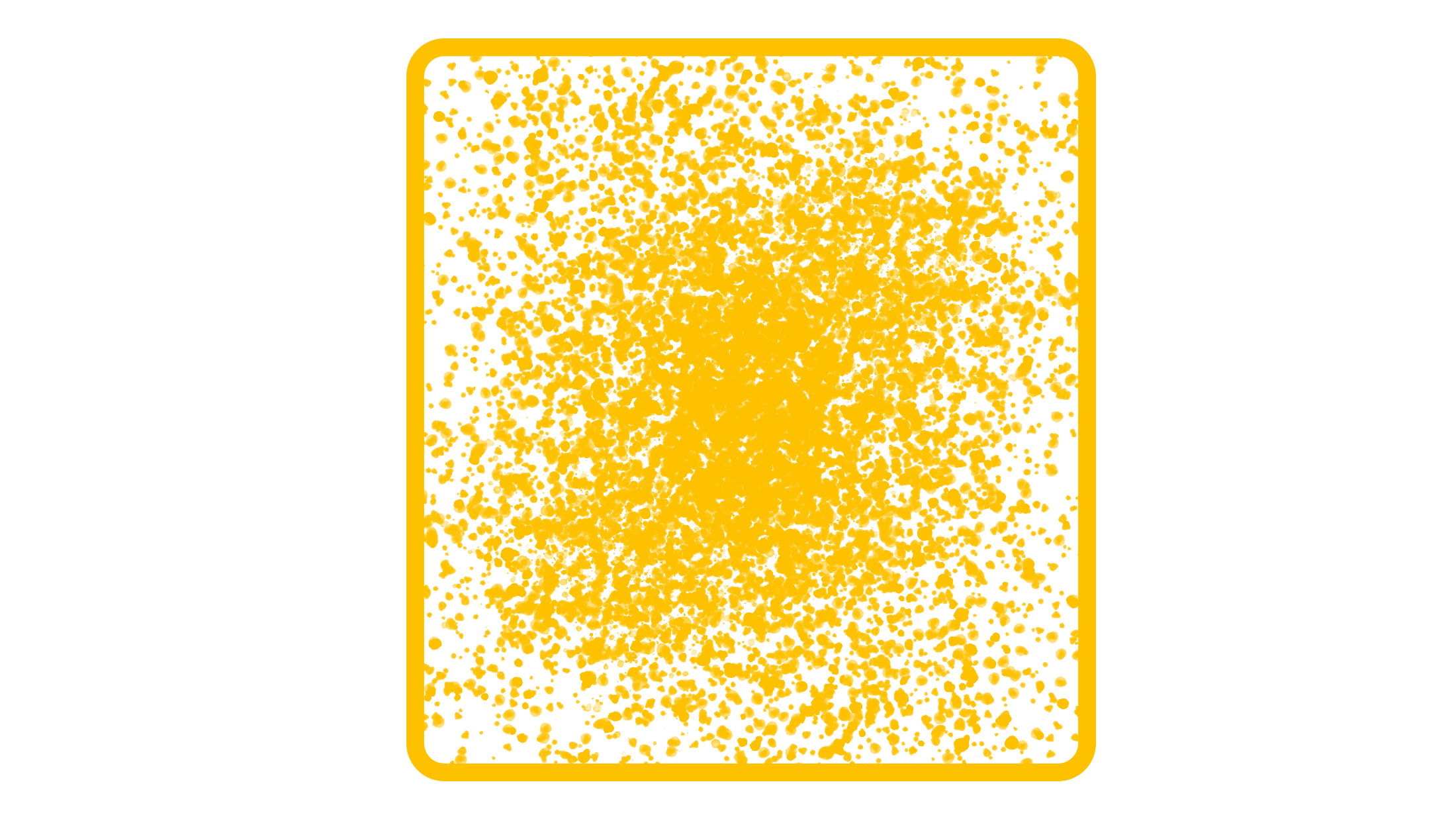2+1 years
Register Your Tool
All Mirka power tools have a standard two-year warranty. Get an additional 1 year of warranty free of charge by registering your tool within 30 days of purchase.
Keep your tools in excellent shape on myMirka where you can register, manage and order repair for your tools.
Replenish your stock, access marketing materials, view sales guides and read about upcoming product launches.
Introducing ...
Ultimax® Black delivers exceptional sanding quality from start to finish. Its patented manufacturing technology and antistatic properties take belt sanding to the next level in longevity and sanding performance thanks to its strength and stability, achieving consistent finishing without the need to adjust machine pressure over time.
Find the right belt for your sanding application and surface
There are abrasives and wide belts for all types of wood and purposes. But don’t be overwhelmed by the wide selection. With Mirka’s practical guide to the best sanding belt types and grit sizes for each stage of the sanding process, it’s easy to choose the right one and achieve the best possible surface finish.
Choose the right belt to make more
Overall sanding costs can be minimised simply by choosing the most suitable
product for each sanding operation. That means:
Optimising belt lifespan with the right application
The lifespan of the belt can be prolonged by ensuring that the sanding
equipment is correct and used properly.
Performance through innovation
Ultimax wide belts are like no other.
The innovative cavities force air between the surface of the work and the belt, which keeps the sanding temperature low, prevents burning, and extends the life of the belt.
This new technology, combined with specialized abrasive grains, extends product lifespan and reduces material use per job.
Getting expert input and the right sanding belts can save your business a lot of money and valuable time.
When a high-end floor manufacturer experienced unusual marks on the wood after belt sanding, they turned to us for help. After switching to Mirka's wide belts, they successfully resolved the issue. Since then, Mirka has become their trusted provider of surface finishing materials and expertise.
>> P36–P80: Polyester cloth backing
>> P100–P240:X-weight cotton cloth backing
>> Aluminium oxide
>> Semi open
Hard Wood (also Melamine)
>> P40–P320
>> Antistatic T- and F-paper backing
>> Aluminium oxide
>>Closed with Selective coating® technology
Hard Wood (also Melamine)
>> P36 - P400
>> Antistatic T and F paper backing
>> Aluminium oxide
>> Closed
Soft Wood
>> P40, P60–P240, P320
>> Antistatic T- and F-paper backing
>> Aluminium oxide
>> Open
Intermediate sanding
>> P240–P1500
>> Fully antistatic
>> E-paper backing
>> Stearate
>> Silicon carbide
>> Semi open
Intermediate sanding
>> P240–P800
>> Antistatic
>> E-paper backing
>> Stearate
>> Aluminium oxide
>> Semi open
Intermediate sanding
>> P360–P2500
>> Polyester film backing
>> Aluminium oxide
>> Semi open
>> Narrow belt
Top-coat sanding prior to polishing
>> P360–P2500
>> Polyester film backing
>> Aluminium oxide
>> Semi open
>> Narrow belt
Top-coat sanding prior to polishing
>> P180–1200
>> Polyester film backing
>> Aluminium oxide with ceramic coating
>> Semi open
>> Narrow belt
Flat profiles
>> P80–P240
>> PA net backing
>> Aluminium oxide
>> Closed
>> Narrow belt
Contoured profiles
>> P60–P400
>> J-weight cotton cloth backing
>> Aluminium oxide
>> Semi open
>> Narrow belt
>> Grits P80, P100 & P150
>> Y cloth polyester backing
>> Zirkonium Oxide
>> Closed Coating
Recommended grit size use
In general, the first sanding belt is used for stock removal, while the following
belts are used for creating an even surface finish.
| Grit size | Use |
| P24–P80 | Coarse sanding, calibration |
| P100–P320 | Medium sanding, wood sanding |
| P320–P1200 | Intermediate sanding, fine sanding |
Belt joint performance is a key factor for sanding belts. The joints must be as
strong as the actual sanding material and should not be too thick or too thin
compared to the sanding material. The belt should also have the right shape and dimension.
Mostly used for sanding belts made from paper, an A-joint is an overlapping
joint without compensation on the abrasive side, e.g. without interruption in the
coating. It produces a uniform sanding belt thickness, even across the joint, and
results in an even sanding finish without chatter marks.
The most common joint for sanding belts with cloth backing, the B-joint is an
overlapping joint with compensation on the abrasive side. This means that the joint area is free of abrasive material which allows the cloth to overlap without the joint having to be thicker than the rest of the belt. The B-joint is also suitable for special paper products, such as Mirka’s Ultimax.
Typically used for small cloth belts that require strength and flexibility, a
T-joint is cut through the sanding belt without an overlap and the joint is attached with tape on the reverse side.
A TS-joint is similar to a T-joint but is different in the way the connecting ends are cut. By using a TS-joint the hinge effect can be avoided. This joint type is most suitable for belts in medium grit sizes and it is most common on cloth-backed belts, although TS-joints can also be found on paper-backed belts.
This is a special joint where the tape is applied on the sanding side making it suited to profile sanding with a sanding pad.
By simply following some basic recommendations on wide belt storage, you can ensure that the belts remain undamaged and maintain their full working potential.
Having challenges with wide belt sanding?
You have invested in a wide belt sanding machine, it can be frustrating when you are not getting the results you expect.
This section describes typical problems that might occur when using wide belts. It is essential to understand where a problem originates from in order to correct the process.
Achieving the desired final result with any surface treatment is affected by a wide variety of factors. We can help you achieve an optimal sanding result, as well as the best possible lifespan for the sanding material itself.
CHATTER MARKS IN CROSS DIRECTION
>> Check the condition of the belt joint.
>> Is the machine working as it should? In particular, a malfunctioning drum can cause chatter marks.
>> Wrong type of sanding unit? A hard drum with a short sanding contact patch is more likely to result in chatter marks, compared to a soft sanding pad.
POSITIVE STRIPES
(Stripes coming out of the wood piece)
>> Narrow stripes in a pattern following the belt oscillation?
These are normally caused by sharp objects in the work piece which destroy the abrasive.
Change the belt and examine the work pieces for sharp objects.
>> Wide straight stripes? Typically a problem with sanding drums or pads. Clean the pad and have the drum calibrated.
NEGATIVE STRIPES
>> Wide straight stripes? The most common problem is dust on the sanding pad. Clean the pad or, if necessary, change the graphite cloth.
>> Narrow straight stripes? It is possible that small wood pieces or dust are stuck to the pressure shoe. Clean the machine.
BROKEN BELTS
>> Check the oscillation of the machine and clean inside the machine.
>> Check the storage of the belts (see page ‘Wide belt storage’).
>> Avoid too much stock removal. Avoid using clogged belts.
>> Check the condition of the belt joint.
UNEVEN SURFACE
The surface feels uneven?
>> Steps too big in grit sequence.
>> Stock removal with sanding unit which has a sanding contact that is too soft.
SHORT LIFESPAN
Is the belt clogging?
>> Avoid too much stock removal per sanding unit – check machine adjustments.
>> Make sure you are using the correct product and grit sequence.
>> Make sure the cleaning system and the dust extraction is operating correctly.
>> Use the whole belt width when sanding.
